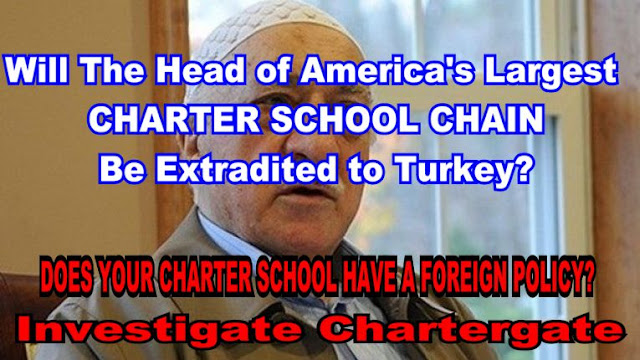Teach For America sabotages public schools

Hundreds of Cleveland teachers protest the district plan to pay $400,000 for TFA replacement teachers at a school board meeting on May 27, 2014. Photo: Lisa DeJong / The Plain Dealer
School closures and teacher strikes are an almost daily occurrence, because public education is under siege. Drastic government underfunding has cut school programs, caused a severe teacher shortage, and jam-packed classrooms.
Central to these developments is a group called Teach for America Corp (TFA), which over the last three decades has become a primary propagandist and practitioner in the campaign to privatize education. It is now coming under well-deserved fire for failing both students and its trainees, and for serving the interests of big business.
Myth vs. reality. Teach for America markets itself as an education reform organization that can close the achievement gap and end social injustices in poor, inner-city and rural schools. How? By getting rid of all those “bad” teachers and replacing them with TFA trainees — until recently, mostly white, well-meaning graduates of Ivy League colleges.
These recruits need no previous experience or education coursework to get into the program. They complete a five-week training session that contains just 18 hours of actual teaching, in classrooms very unlike those they’ll face once on the job. This is all the training they get, before entering the classroom at the start of the school year.
Upon “graduation” recruits work both in charter and traditional schools. The majority stop teaching after completing their two-year contract. And no wonder. They’ve been put in jobs they’re untrained to do. The group’s mission statement doesn’t even use the word “teach” or “teacher.” As former recruit T. Jameson Brewer puts it, TFA focuses “more on influencing policy decisions as it seeks to install alumni of the organization as political puppets who work as principals, school board leaders, and other elected political positions.”
Obscuring racism. The most disturbing aspect of Teach for America is its position on race. Former members criticize the group’s “color blind” philosophy that denies the actual role of racism in this country. Its “no-excuses” behavior codes enforced in charter schools are thoroughly racist. Pupils are told they must defer to and obey adults, walk in the halls, sit still and answer, not ask questions. Minor infractions can result in detention and suspension, the first stop in the school-to-prison pipeline, especially for kids of color.
The much-denounced vogue of standardized testing is another racist cornerstone of Teach for America philosophy. It is part of the corporate vision of education, which emphasizes measurable results. It does not recognize the economic, cultural or social forces that perpetuate poverty. Students are told, “If you fail the test or can’t go to college or find a good job, you have no one to blame but yourself. “
To counter heavy criticism for racist and incompetent teaching policies, TFA has begun to recruit more trainees of color, and tries to cloak its agenda in the robes of the Civil Rights movement. TFA graduate DeRay McKesson, for example, became a self-appointed leader in the Black movement’s militant response to Michael Brown’s murder in Ferguson, Mo. The debate continues within Black Lives Matter on his creds as a true community activist. Meanwhile, the 30-year-old McKesson, defeated in his bid for mayor of Baltimore, is now ensconced in a $165,000 year job as “Chief of Human Capital” in the Baltimore School District.
Corporate sidekick. What began in 1990 as a school project of Princeton undergraduate Wendy Kopp has morphed into a highly influential organization with a corporate philosophy and tentacles that extend far beyond the classroom. As a non-profit, Teach for America receives tens of millions of dollars from the federal government and private benefactors like Bill Gates of Microsoft and the Walton family of Walmart. Some of its money comes from strapped public school districts which, in addition to teacher salaries and benefits, must pay TFA finder’s fees up to $5,000 for each trainee.
Teach for America CEO Wendy Kopp sits on the board of the Broad Superintendent Academy, a Teach For America sabotages public schools | www.socialism.com:























